Written by two prominent figures in radio astronomy, this well-established, graduate-level textbook is a thorough and up-to-date introduction to radio telescopes and techniques. It is an invaluable overview for students and researchers turning to radio astronomy for the first time. The first half of the book describes how radio telescopes work – from basic antennas and single aperture dishes through to full aperture-synthesis arrays. It includes reference material on the fundamentals of astrophysics and observing techniques. The second half of the book reviews radio observations of our galaxy, stars, pulsars, radio galaxies, quasars, and the cosmic microwave background. This third edition describes the applications of fundamental techniques to newly developing radio telescopes, including ATA, LOFAR, MWA, SKA, and ALMA, which all require an understanding of aspects specific to radio astronomy. Two entirely new chapters now cover cosmology, from the fundamental concepts to the most recent results of WMAP.
Reviews & endorsements
From previous editions: ‘Written by two of the world’s leading radio astronomers … If you are looking for an up-to-date review of radio astronomy, from the telescopes and techniques to the fabulous wonders of the Universe they reveal, then this is the book for you.’ Geoff Macdonald, Astronomy Now
Authors
Bernard F. Burke, Massachusetts Institute of Technology
Bernard F. Burke is William A. M. Burden Professor of Astrophysics, Emeritus in the Department of Physics, Massachusetts Institute of Technology. He was the co-discoverer of radio noise from Jupiter, and he was later involved in the development of very-long-baseline interferometry. He has been a Visiting Professor at the University of Leiden and the University of Manchester, is a member of the National Academy of Science, and is on the governing board of the National Science Foundation.
Francis Graham-Smith, Jodrell Bank, University of Manchester
F. Graham-Smith is an Emeritus Professor at the Jodrell Bank Observatory, University of Manchester. He has been Director of the Royal Greenwich Observatory and President of the Royal Astronomical Society, and was the 13th Astronomer Royal. He is a Fellow of the Royal Society, and researches in many fields of radio astronomy, particularly pulsars.
Table of Contents
Preface
1. Introduction
2. The nature of the radio signal
3. Signals, noise, radiometers and spectrometers
4. Single-aperture radio telescopes
5. The two-element interferometer
6. Aperture synthesis
7. Radiation, propagation and absorption of radio waves
8. The local universe
9. The interstellar medium
10. Galactic dynamics
11. Stars
12. Pulsars
13. Radio galaxies and quasars
14. Cosmology fundamentals
15. The angular structure of the CMB
16. Cosmology: discrete radio sources and gravitational lensing
17. The future of radio astronomy
Appendixes
References
Index.

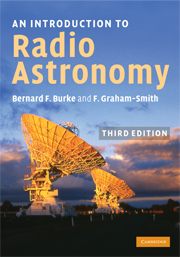
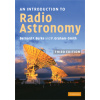
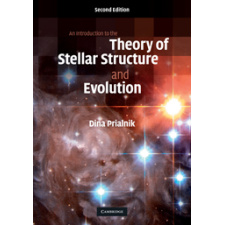
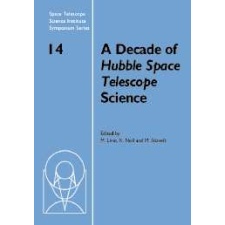

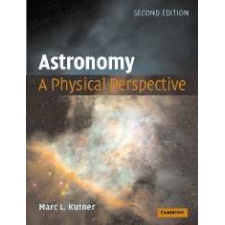
Reviews
There are no reviews yet.